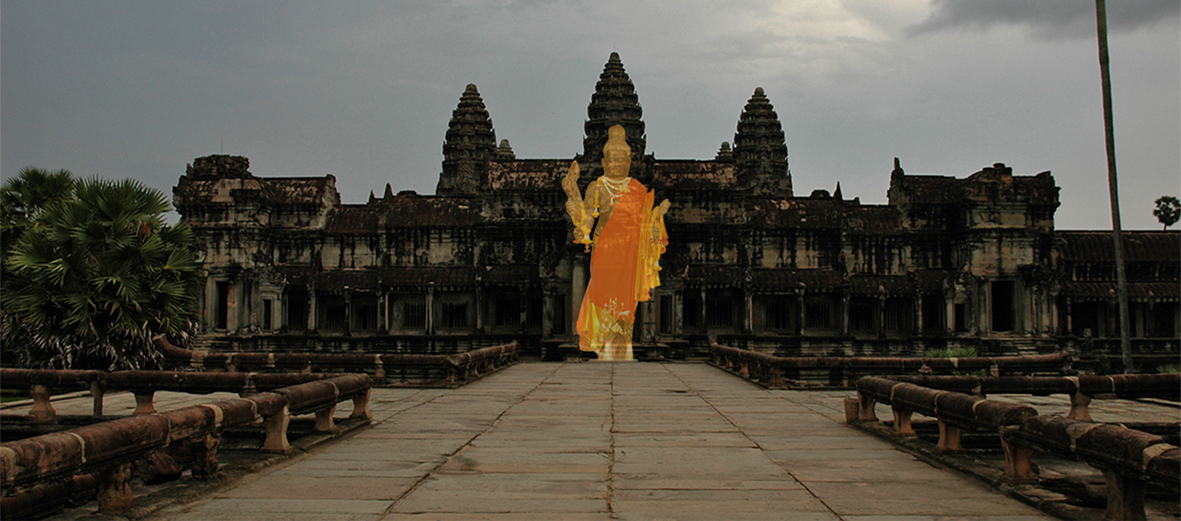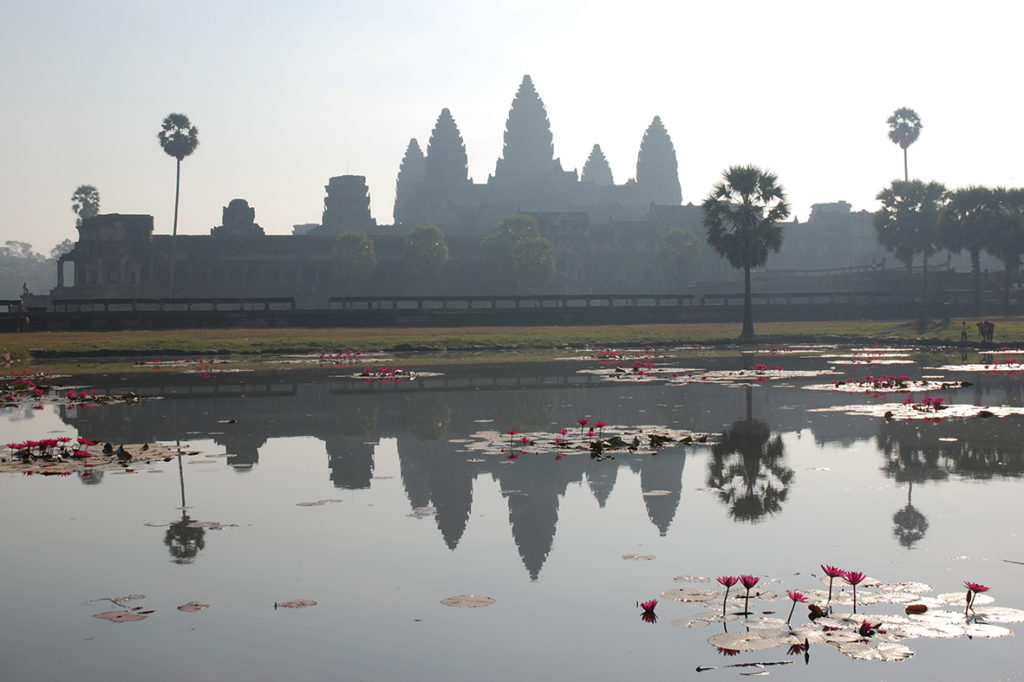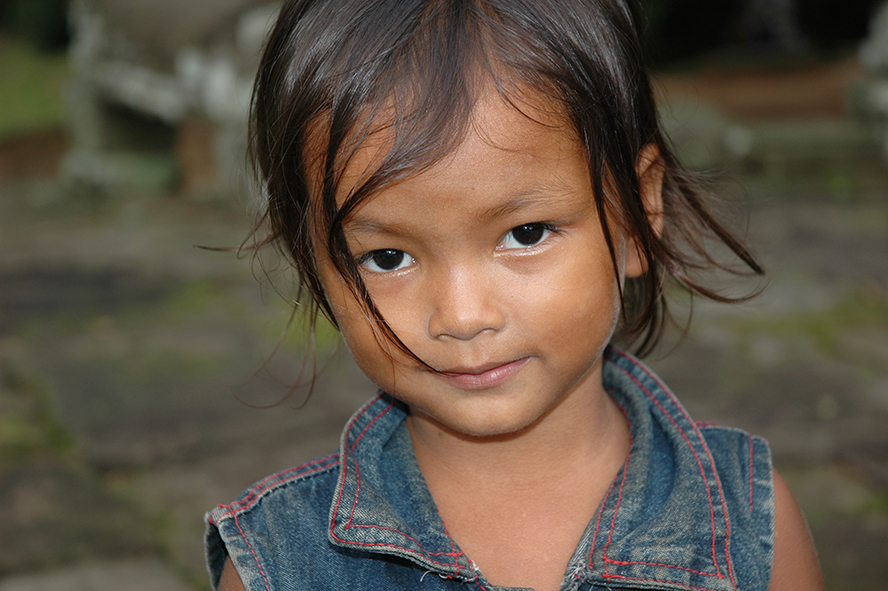Cor Quo Vado is the name given to the project, conceived in 2003 in Brazil on behalf of world peace. Subsequently, this name became generic for all of the artist’s projections interested in various spiritualities.
“Where are you going, Lord ?” – murmurs the brook in the cool of its limpid water; the insects whisper and the birds chirp gaily; frightened, the animals freeze in awe-struck silence, and the forest spontaneously opens to the majestic advance of the radiant Image. “Where are you going, where are you going… Lord ?
This is where I am going; Love is where I am going :
COR QUO VADO.”
Heitor da Silva Costa, Analogias Divinas no Monument du Corcovado.
During two consecutive nights, in October 2003, the emblematic Christ the Redeemer of Rio de Janeiro was lit up by the artist, on behalf of world peace. For the first time in the history of the monument, the Archbishop’s palace, Ibama and the City of Rio de Janeiro supported such an initiative. The color blue is an homage to the artist Yves Klein. An exhibition of her paintings and photographs about the monument and the city of Rio took place at Villa Riso. The monument was illuminated again on March 1, 2005 to celebrate the 440 years of the city Janeiro and the Archbishop blessed the city from the top of Corcovado.
Since then, the monument has been illuminated in various colors and circumstances.
The statue of Christ the Redeemer is located on Mount Corcovado which rises to 2329 ft. The 124 ft high statue was built by the Brazilian engineer Heitor da Silva Costa based on a drawing by Carlos Oswald and the French sculptor of Polish origin Paul Landowski. All Brazilians financed the construction of the statue which was inaugurated on October 12th, 1931.
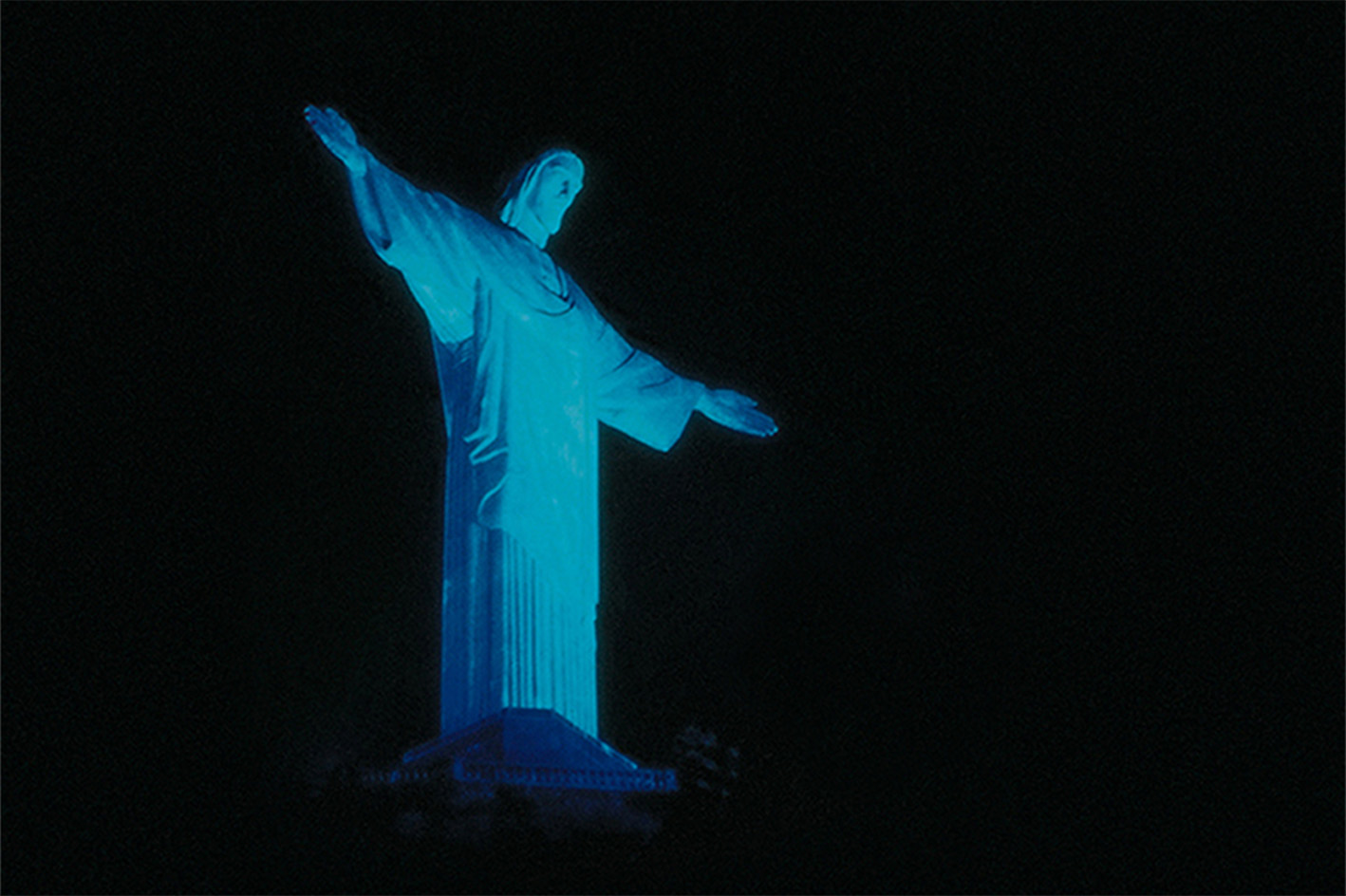


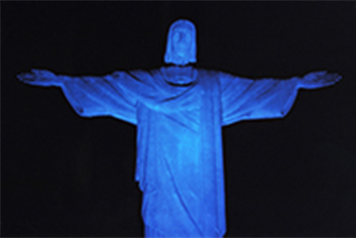
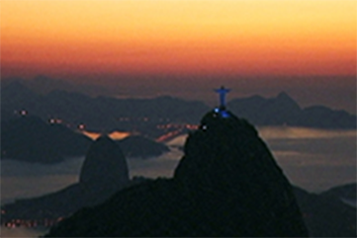
For the first time in the history of the cathedral, with the exceptional authorization of the Archbishop of Paris, a photograph of the emblematic monument of the city of Rio de Janeiro, previously illuminated in blue by the artist in Rio, was projected onto the façade of Notre Dame cathedral of Paris during the Year of Brazil in France.

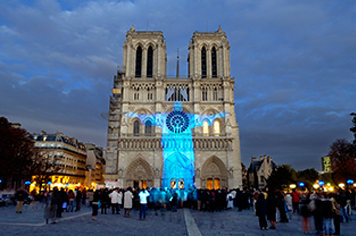
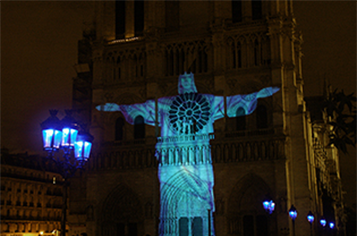
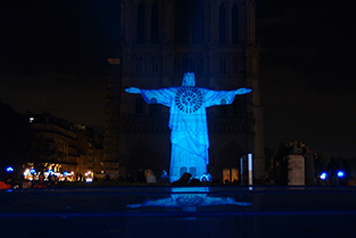
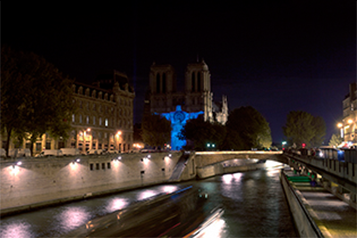
A giant photograph of the bay of Rio de Janeiro covered the façade of the Espace Paul Landowski, illuminated at night by a projection of a photograph of the statue of Christ the Redeemer. An exhibition of photographs, paintings and sculptures of the artist accompanying the history of the statue took place inside.
French sculptor Paul Landowski who lived and worked in the city of Boulogne-Billancourt, made the hands and the head in plaster, in real proportions in his Parisian studio.
Height of the statue: 1,180 inches – Size of the hand: 125.87 inches
Distance between the extremities of the hands : 1101.34 inches
Total weight: 1,145 tonnes

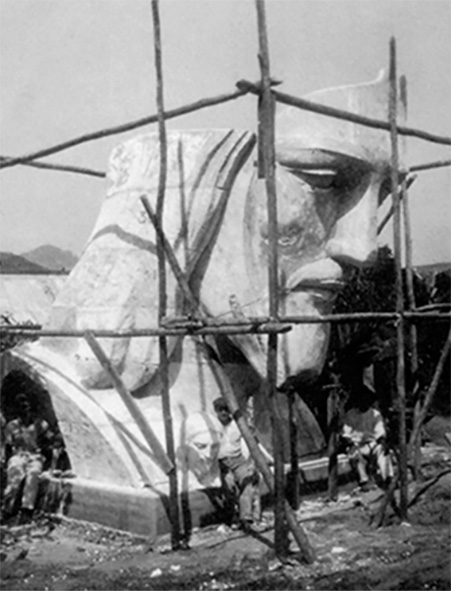

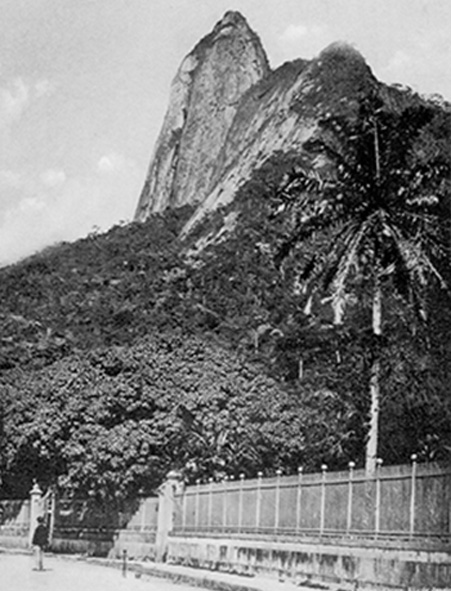
Construction of Christ the Redeemer © Archives Isabel Noronha
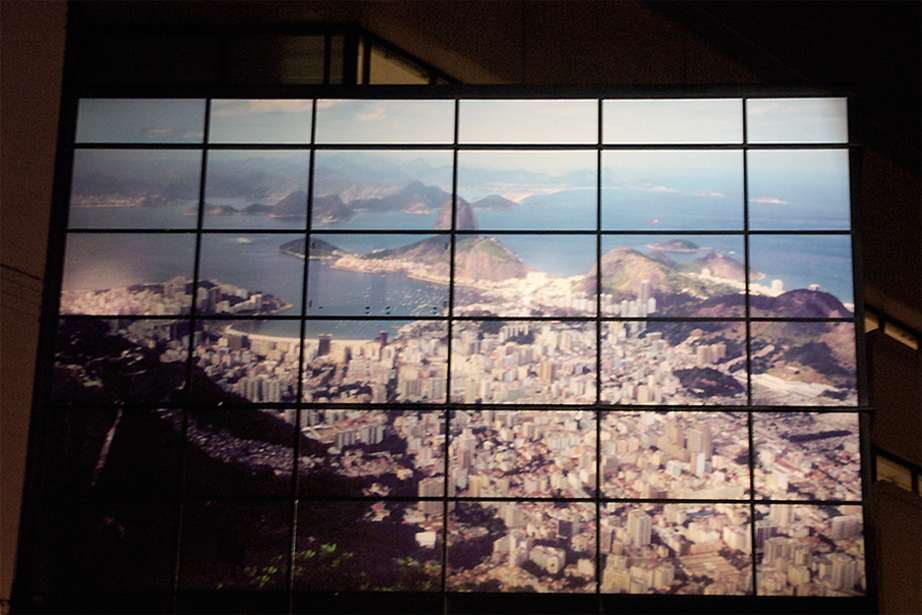

Installation Day/Night onto the façade of Espace Landowski
Famille Je Vous Aime is a sound and light projection onto the façade of Saint-Germain church in Gagny, a city of the suburb of Paris. It closed a pastoral and artistic project, carried out by the Young Adults Group of Gagny for a year, about the meaning of transmission in the family. Many residents of the city contributed to its realization.
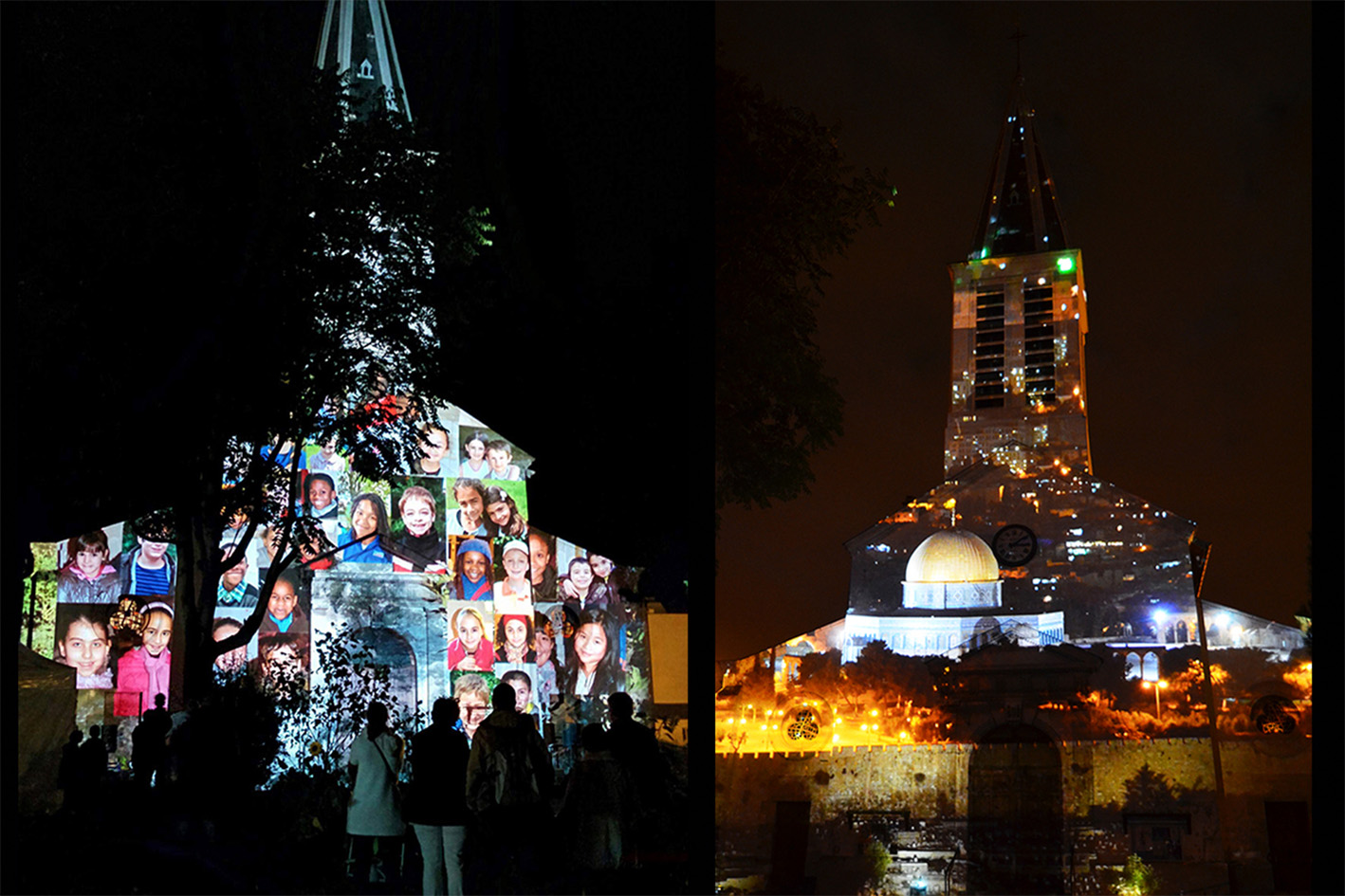
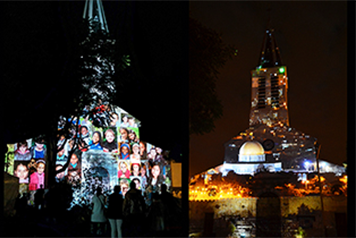
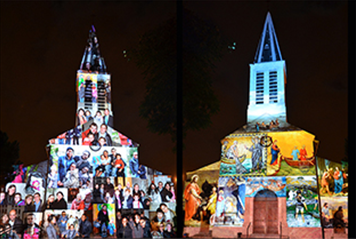
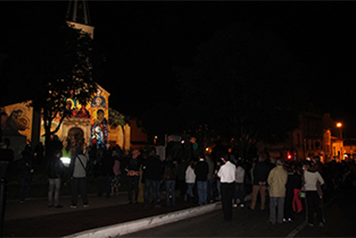

Visages d’Orient, Lumières d’Ainay, a giant projection onto the façade of the basilica, telling the story of Mesopotamia, source of our civilization, is a tribute to all the populations displaced from the Nineveh Plain during the Daesh invasion in 2014.
The sound and light recorded in Arabic was screened in Erbil, Iraq in February 2016.
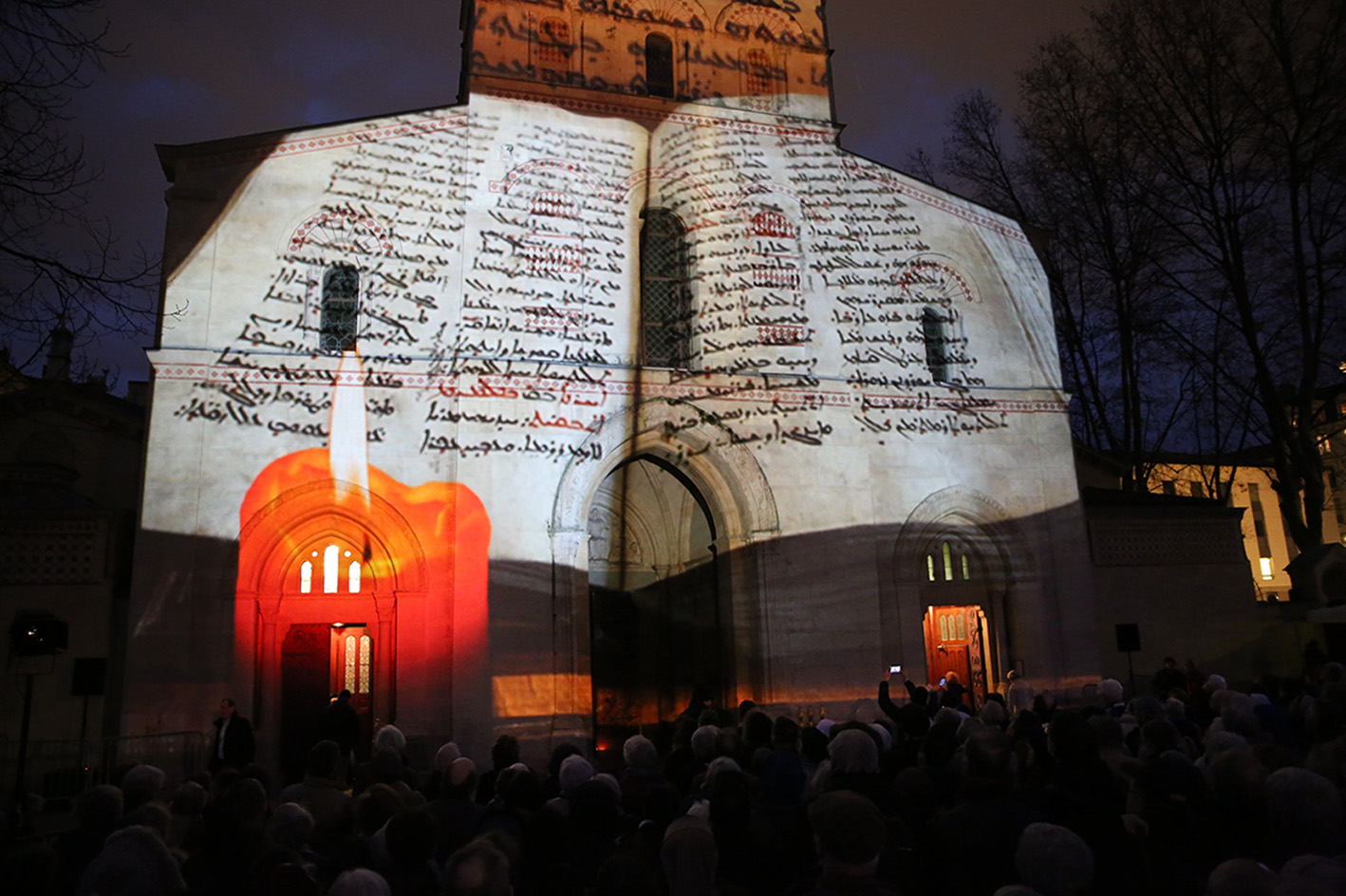

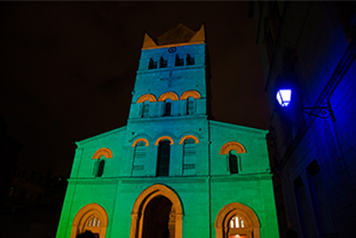
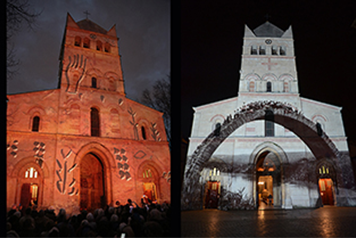
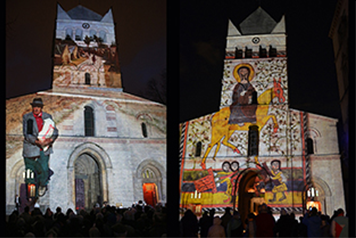
To leave or to stay ? The painful questioning of the refugees from the Nineveh Plain brings us to this other question: To welcome or to turn away ? Onto the façade of the church, the faces turn and turn away in silence. Videos and photographs were taken in Iraq and France. Under the porch of the church resonates the music of Munir Bachir, famous Oud player born in Mosul (1930-1997), songs from Armenia, Lebanon, Syria, Egypt…
Nineveh is the name of an ancient Assyro-Chaldean city whose ruins are located on the outskirts of the current city of Mosul in Iraq. The site of Nineveh was inhabited as early as the 6th millennium BC but the city did not become important until the end of the second millennium. In the first millennium (704 BC), Nineveh was the capital of the Assyrian kingdom, famous for its dimensions, its water supply system and its temple of Ishtar. Its fall in 612 BC marked the end of the Assyrian empire.

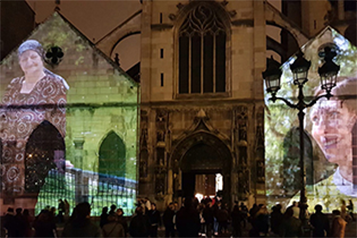
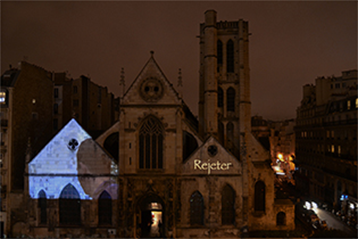
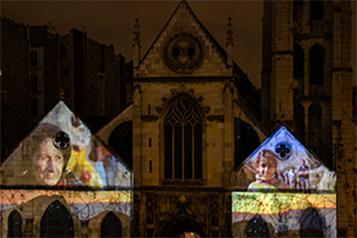
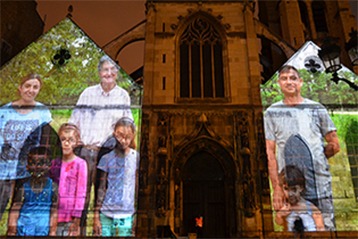
The temples of Angkor , inscribed on UNESCO’s World Heritage List, are also a living place of spirituality.
The project A tribute to Angkor, consists in a photographic work realized in partnership with the local population, illustrating the Khmer Smile, as well as a giant projection of a photograph of the Ta Reach on the central tower of the Angkor Vat temple. This statue, located in the western Gopura, within the temple surroundings, is venerated as the protective divinity of Angkor Vat and could be a representation of Vishnou.
This project received the support of late King Father Norodom Sihanouk.
